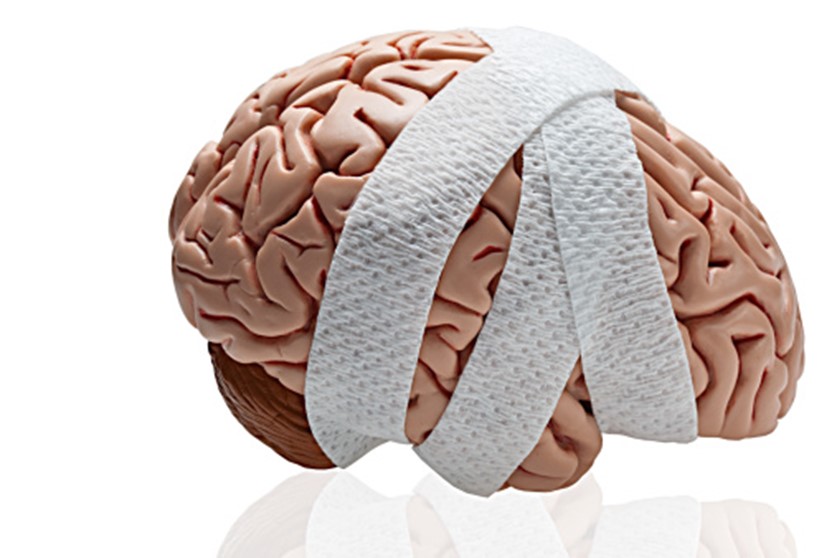Take a moment and think about the feeling you get when smelling your first cup of coffee in the morning or the child-like excitement associated with hearing the ice-cream truck's bell ring! Our brains are the epicentre that process all our thoughts, emotions, experiences and memories. Without normal functioning of the brain, day-to-day activities can become difficult and an individual can struggle to integrate into society.

Brain Injuries comes in various shapes and forms and can happen anywhere at any time. Whether on the playground a child falls and hit their head, during a car accident or during sport. Traumatic Brain Injuries (TBI) can be caused by a blow or bump to the head, with severity ranging from mild to severe. Roughly 60 Million people are affected by TBI globally each year (Dewan, Rattani, Gupta, et al., 2019). TBI can lead to temporary or permanent brain damage and can result in physical, cognitive, and psychological impairment. These potential impairments can influence cognition and behaviour, which can have a significant biopsychosocial impact on the health and wellbeing, affecting optimal functioning in society.
In the Stellenbosch University environment, brain injuries are often seen during sporting activities. “Recognise and remove" is one of the first steps in managing an athlete with a suspected concussion and this rule applies most settings in which a concussion can occur. An individual may present with the following signs and symptoms: confusion, appears dazed, loss of consciousness, headache, nausea/vomiting, balance problems or dizziness etc. A useful tool to use for identifying a concussion, is the Concussion Recognition Tool 5 (CRT5) and can be used in sports- and non-sports related settings (Echemendia, Meeuwisse, McCrory, et al., 2017).
Awareness on the topic of concussion have grown in recent years and the focus have shifted to educational initiatives. One of these initiatives are called “CDC Heads up" and was developed by the Centre of Disease Control and Prevention (CDC) to educate athletes, coaches, and parents in recognition of concussion and how to respond to minimize risks of brain injuries (here). Let us educate and advocate on the potential impact of brain injuries to protect those we love – “Education is the most powerful weapon we can use to change the world" – Nelson Mandela.
At Campus Health Service, we are passionate about concussion management! We have a concussion program (here) that focusses on evaluation and treatment of sports and non-sports related concussions. CHS is also part of an international collaboration with the International Olympic Committee (IOC) and Calgary University (Canada) on “Risk reduction, recognition and rehabilitation of concussion in rugby". The aim of this collaboration is concussion prevention, detection, and rehabilitation of concussion.
Please contact CHS or visit our website for further information.
References:
Dewan, M.C., Rattani, A., Gupta, S., Baticulon, R.E., Hung, Y.C., Punchak, M., Agrawal, A., Adeleye, A.O., et al. 2019. Estimating the global incidence of traumatic brain injury. Journal of Neurosurgery. 130(4):1080–1097.
Echemendia, R.J., Meeuwisse, W., McCrory, P., Davis, G.A., Putukian, M., Leddy, J., Makdissi, M., Sullivan, S.J., et al. 2017. The Concussion Recognition Tool 5th Edition (CRT5): Background and rationale. British journal of sports medicine. 51(11):870–871.

